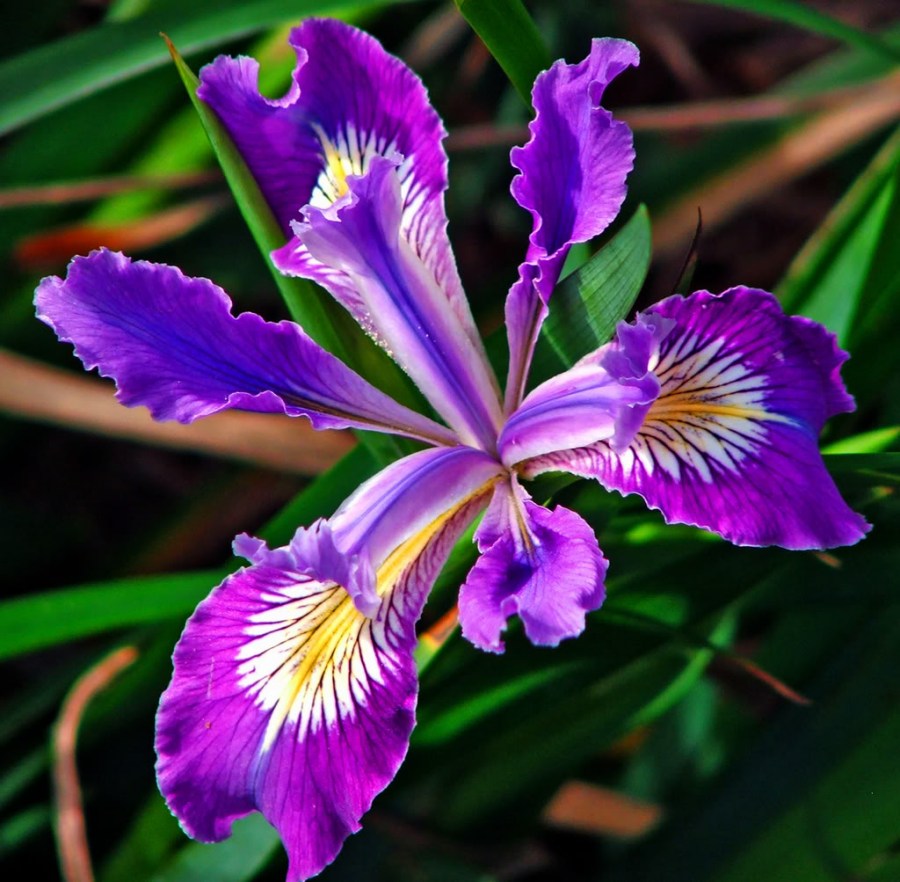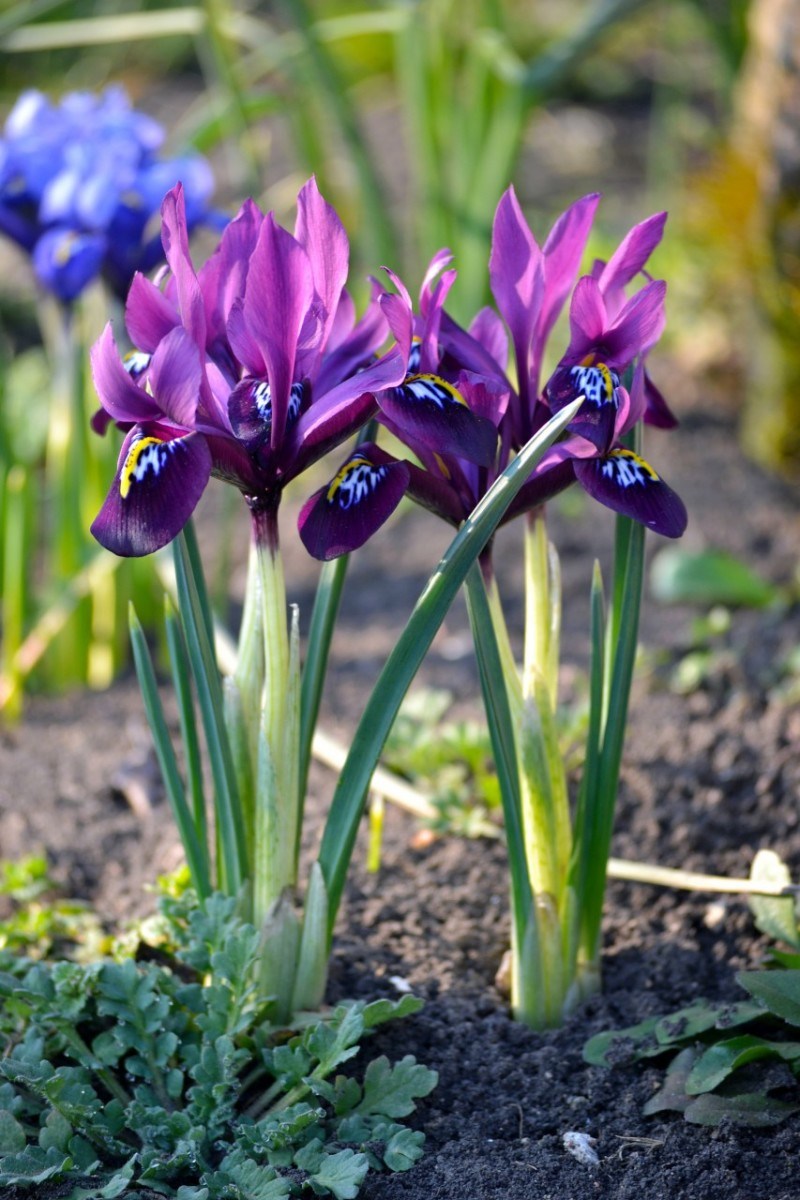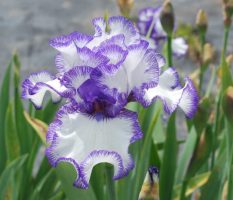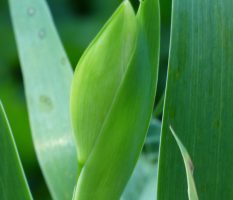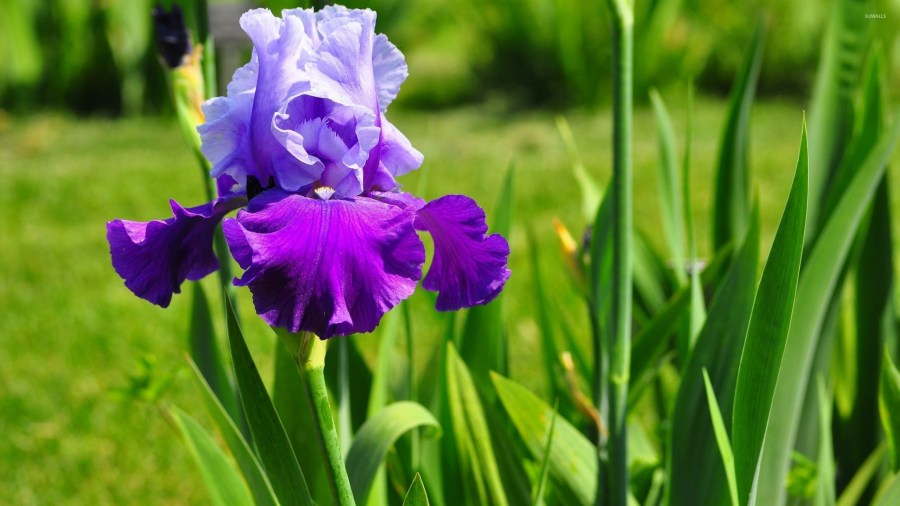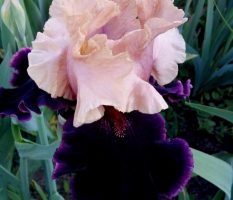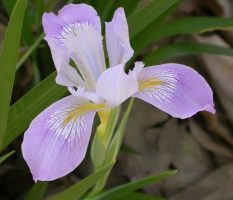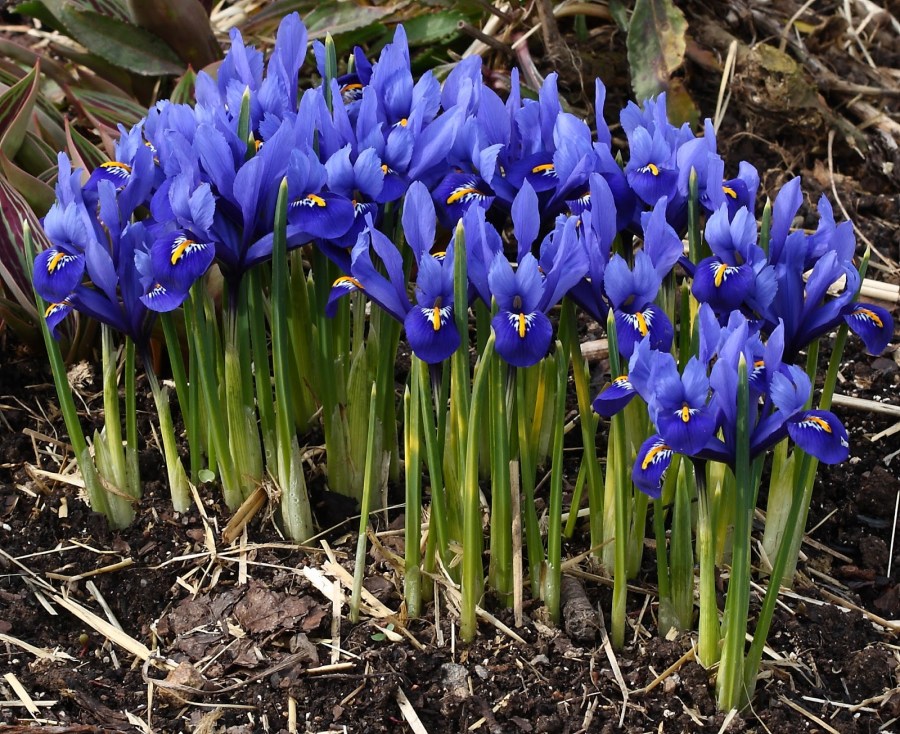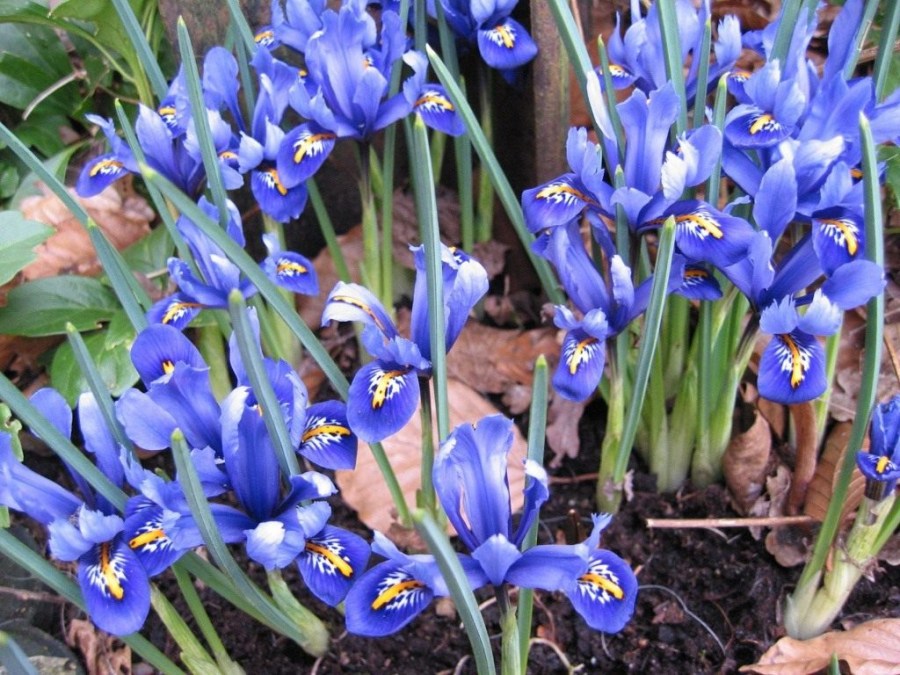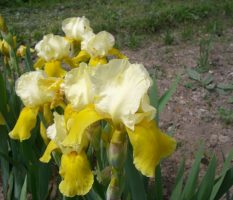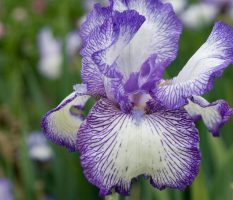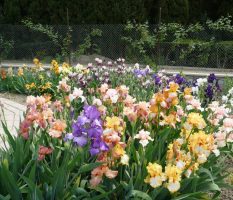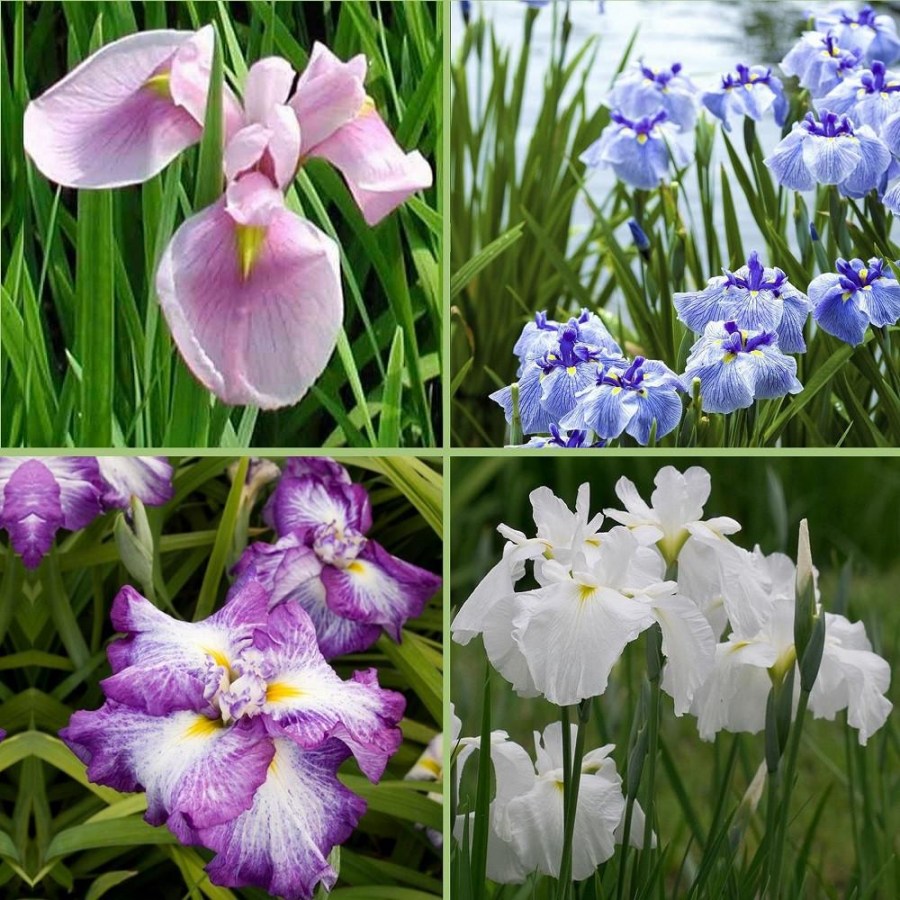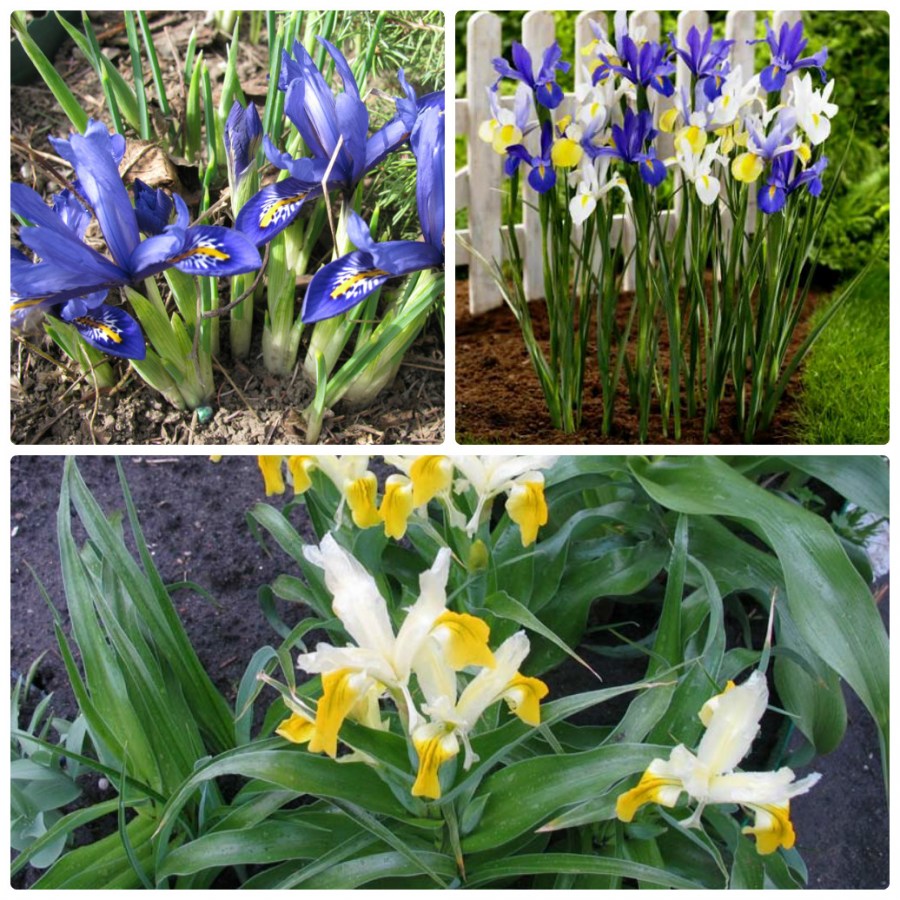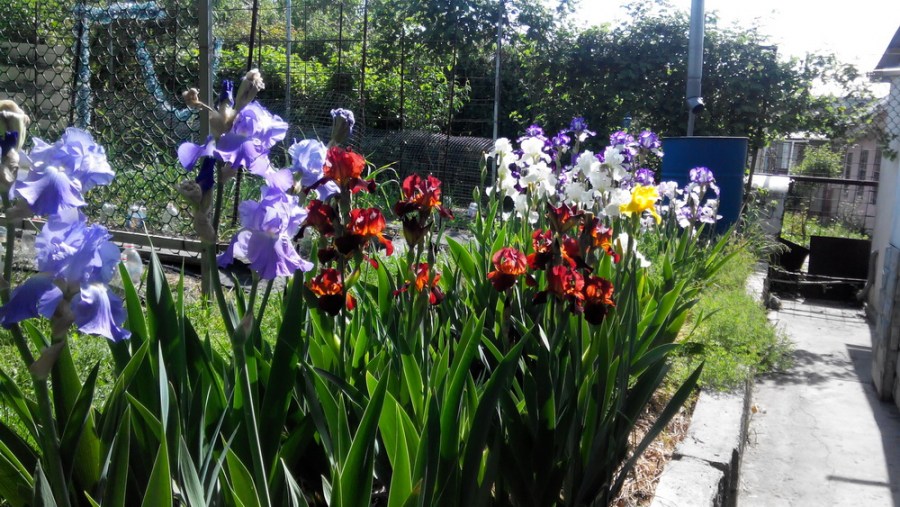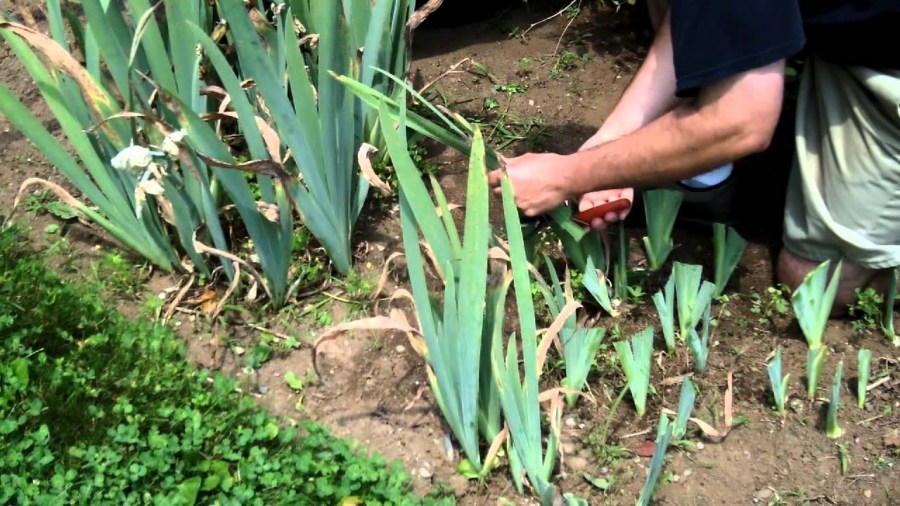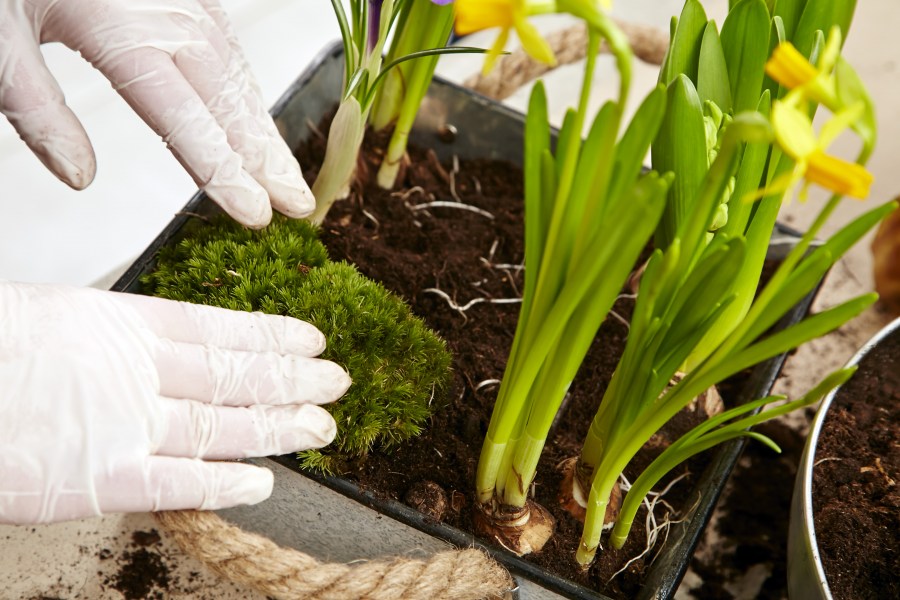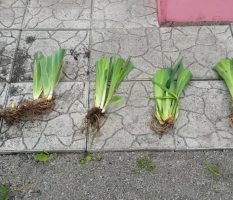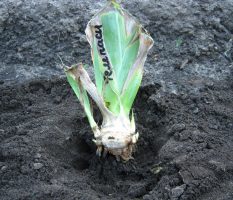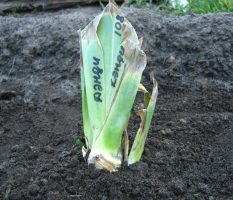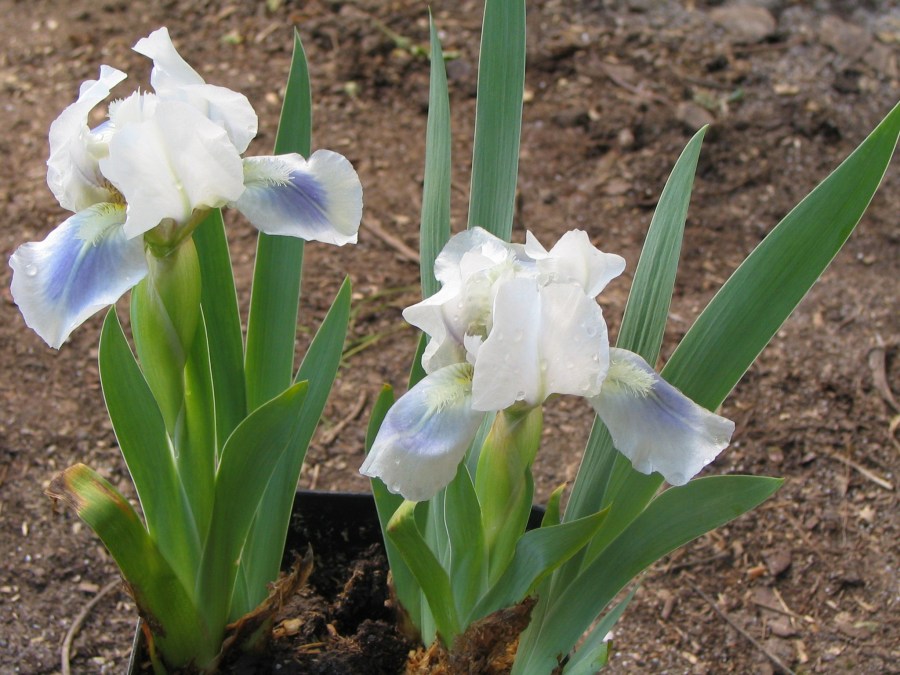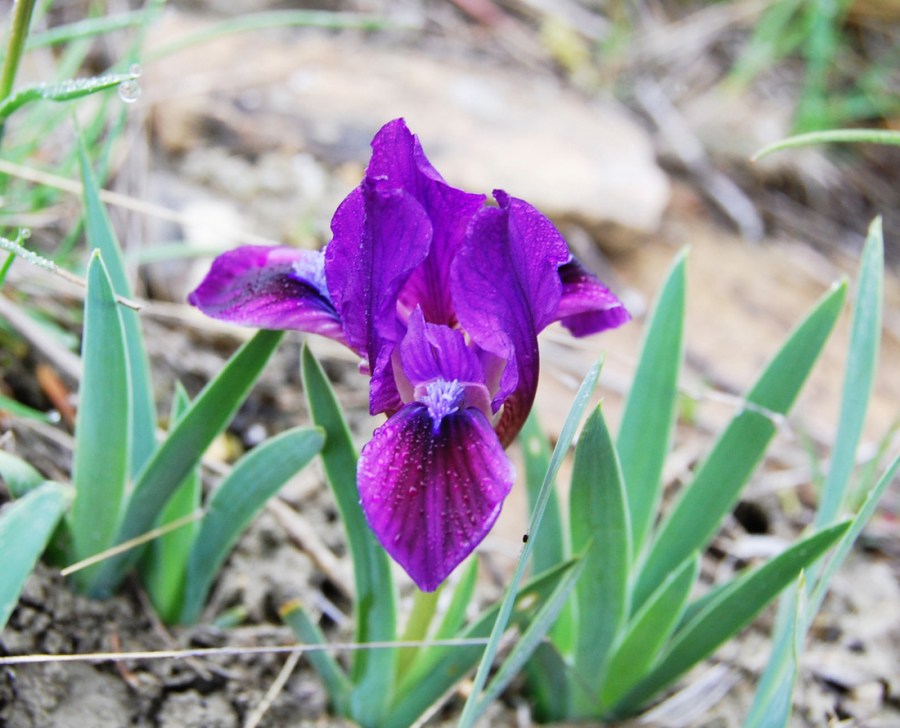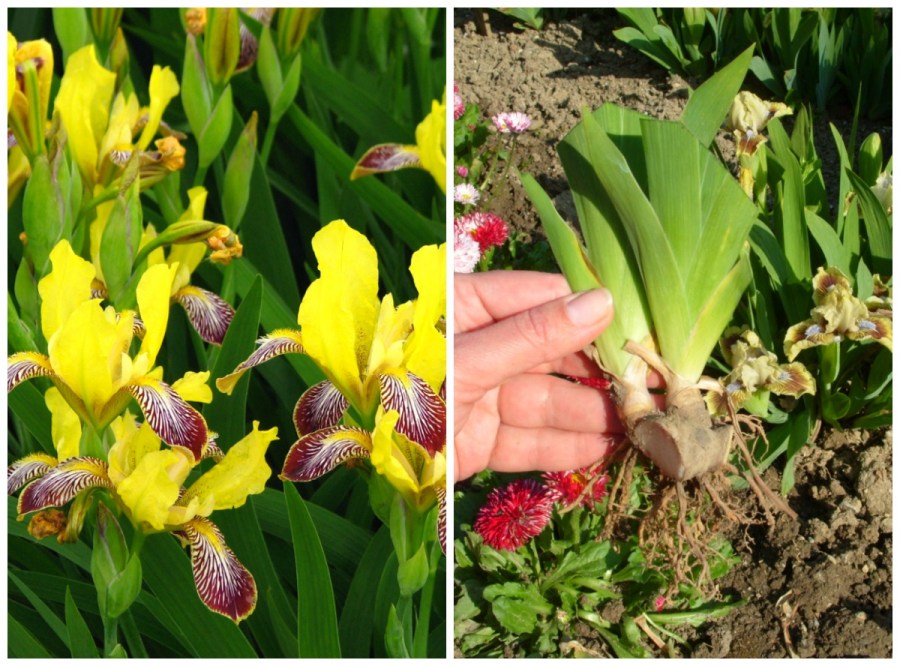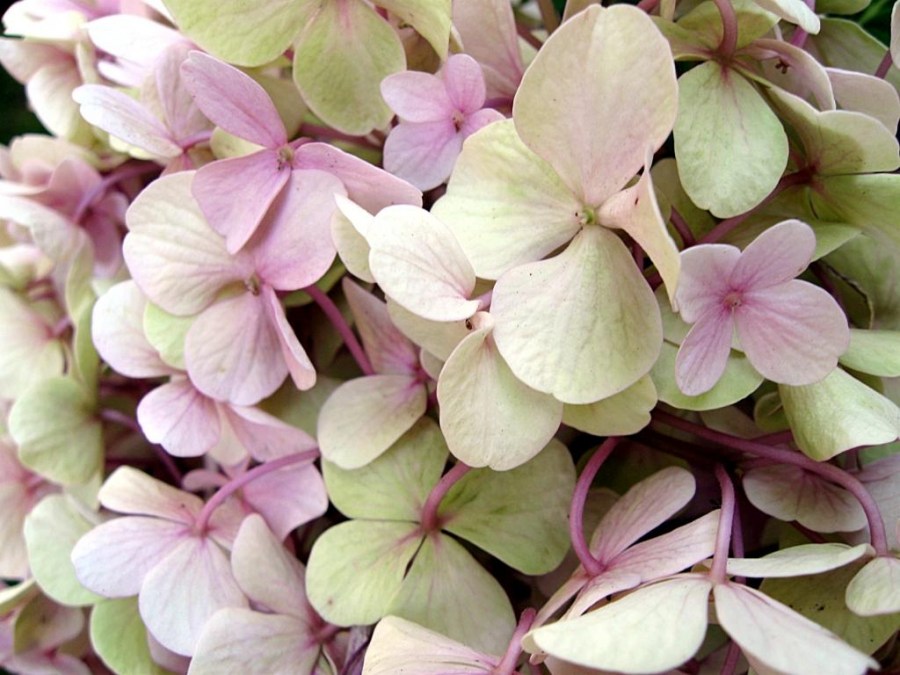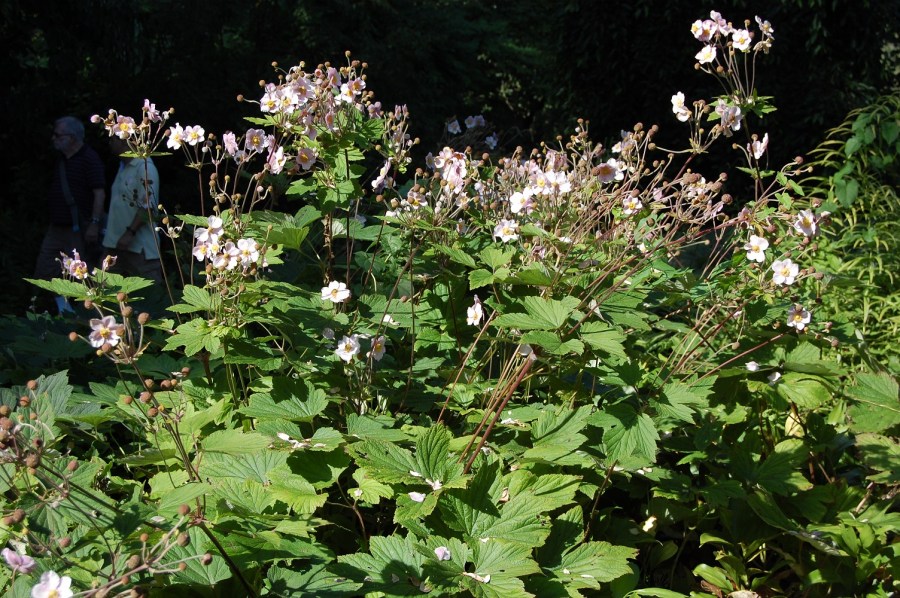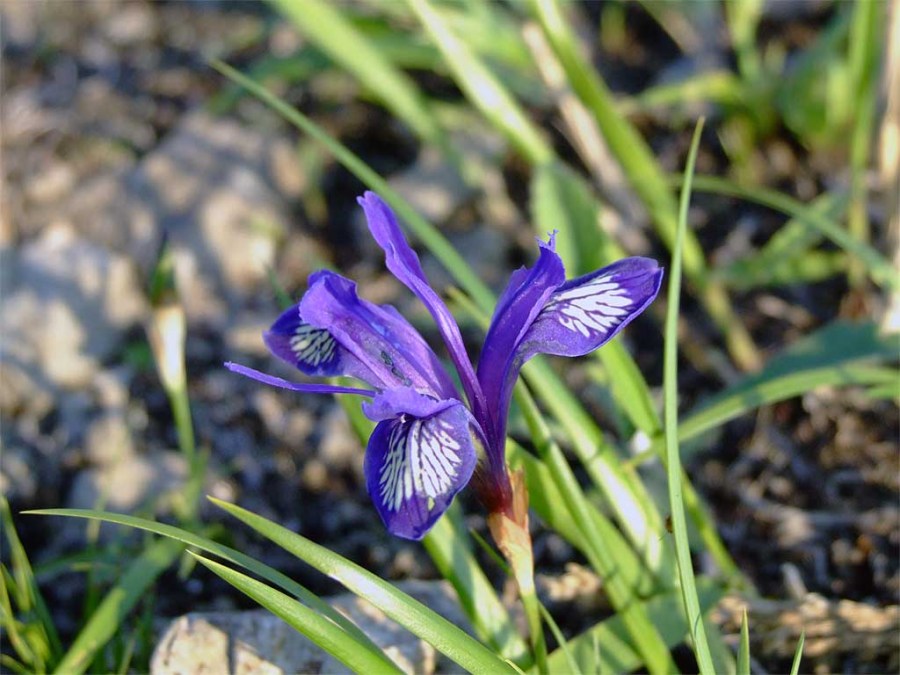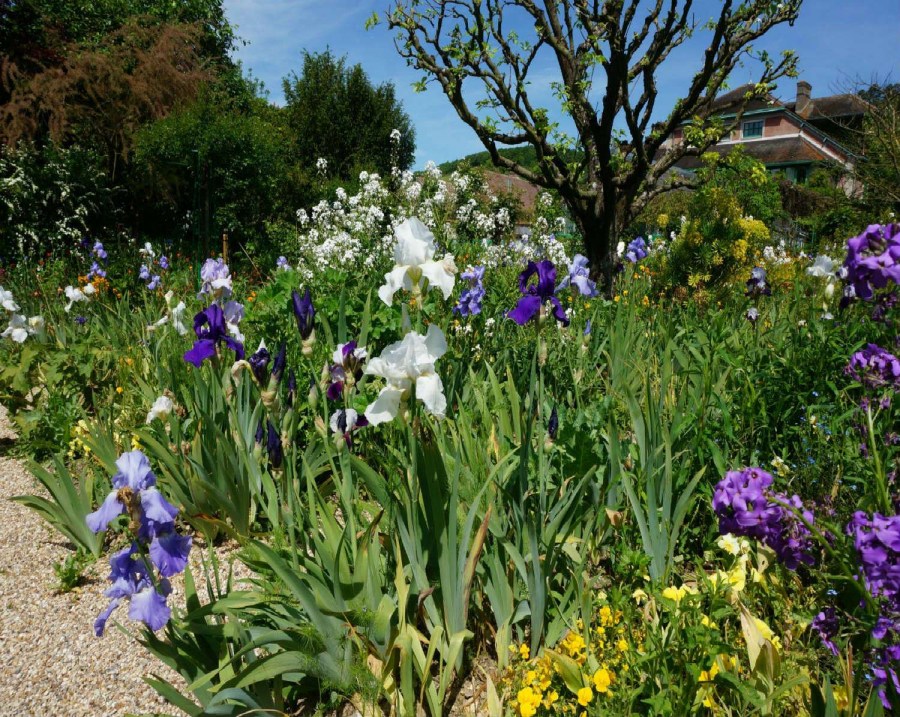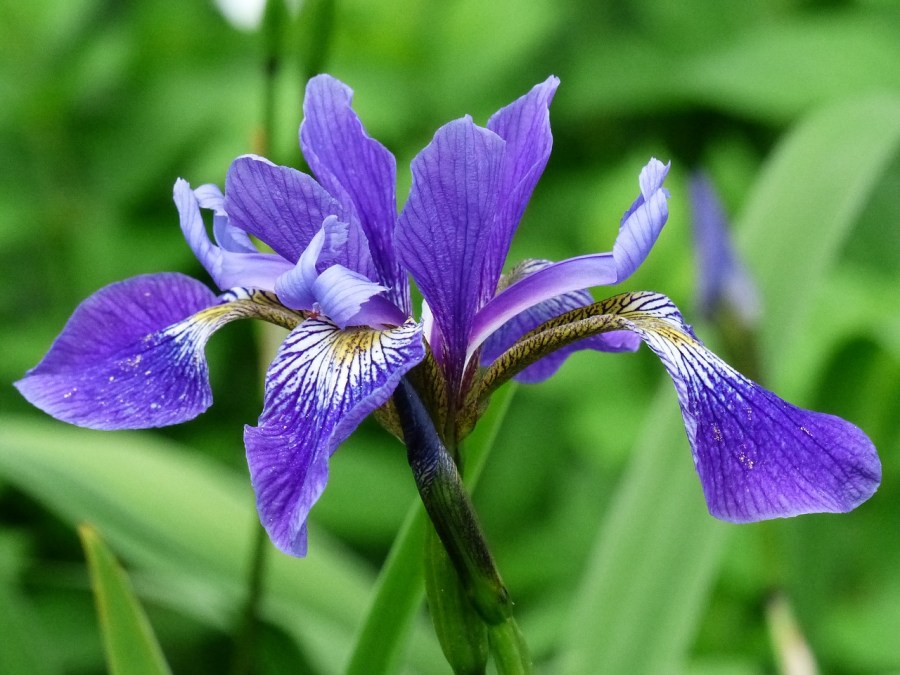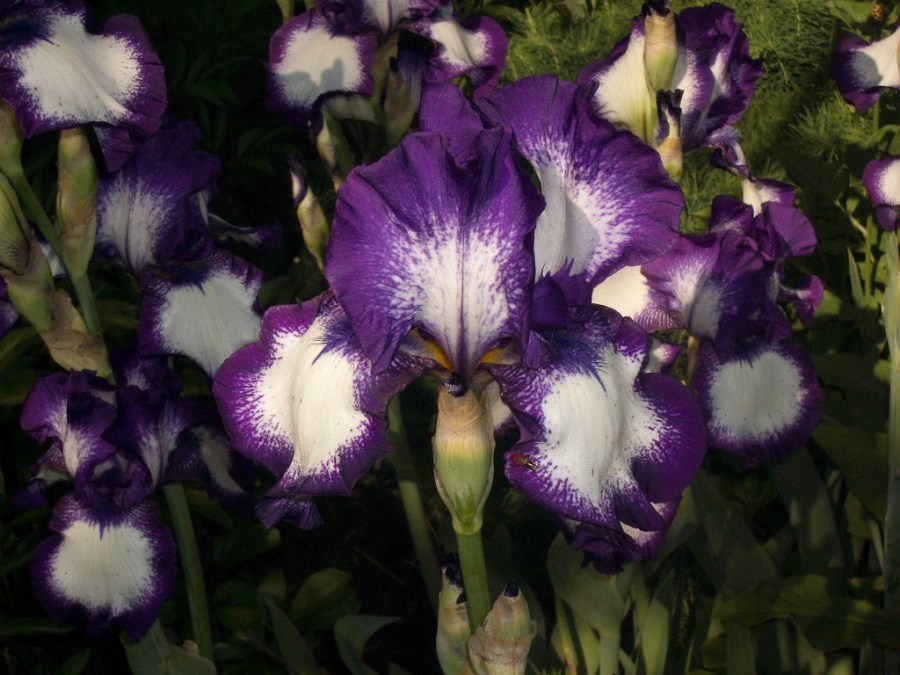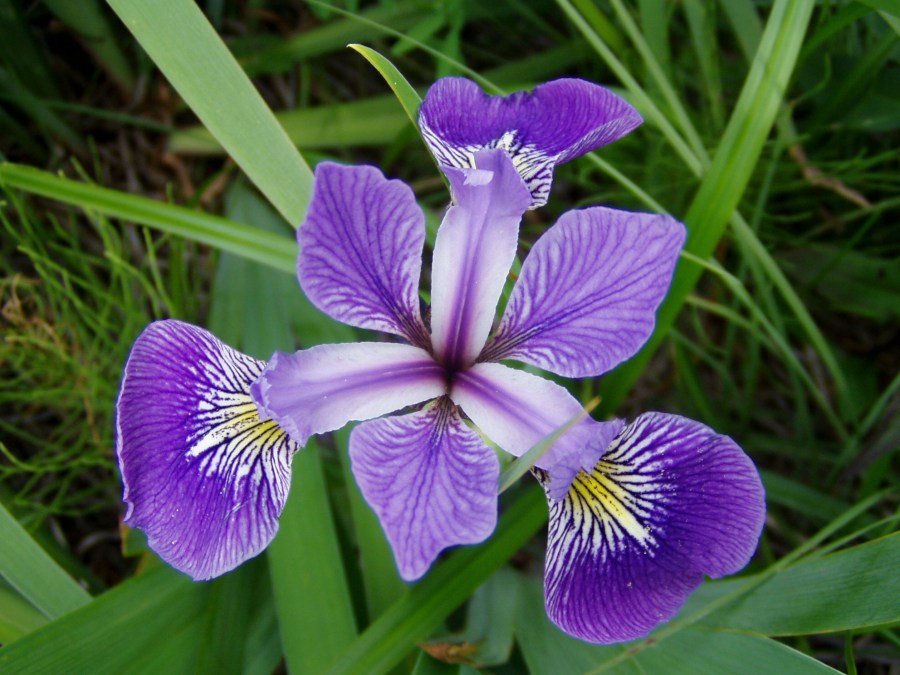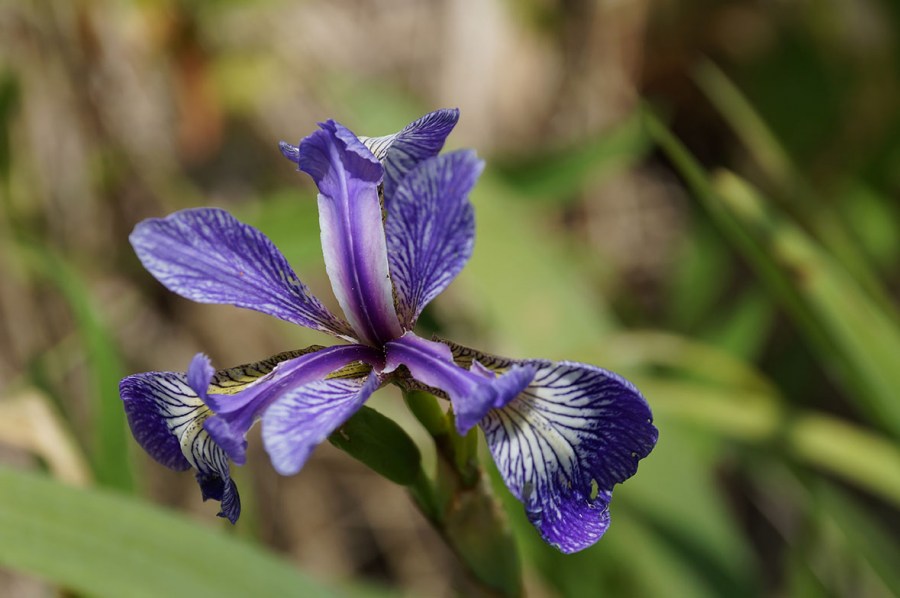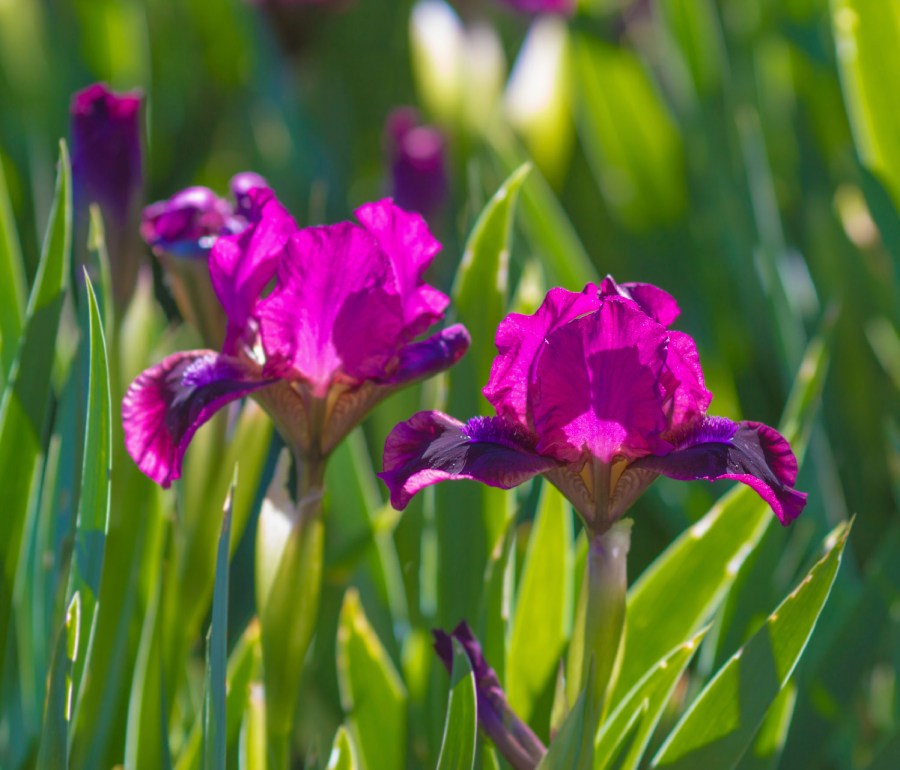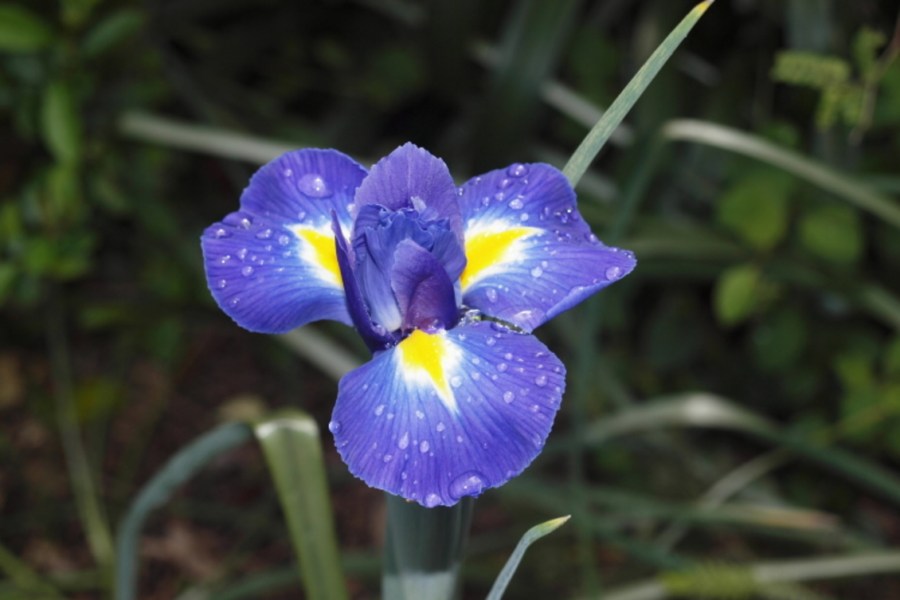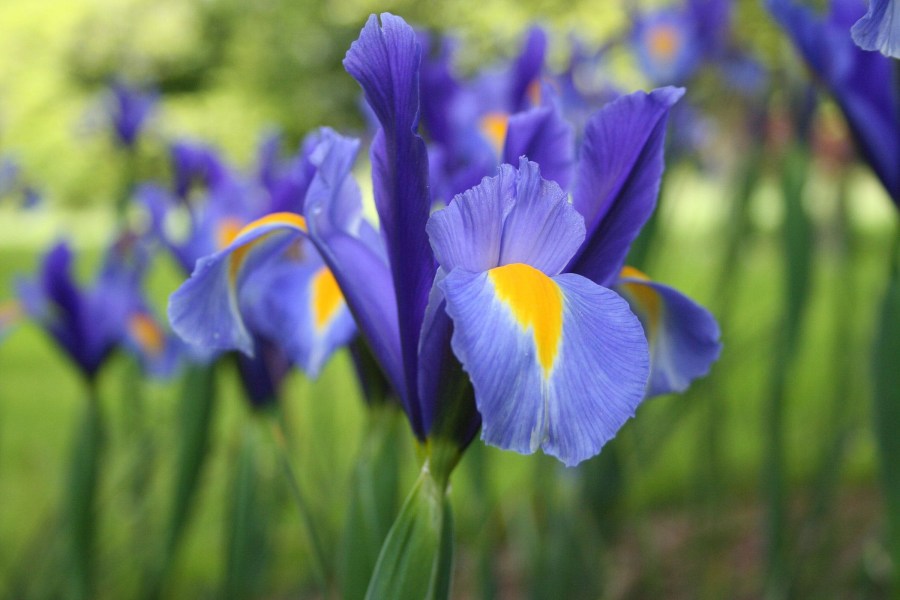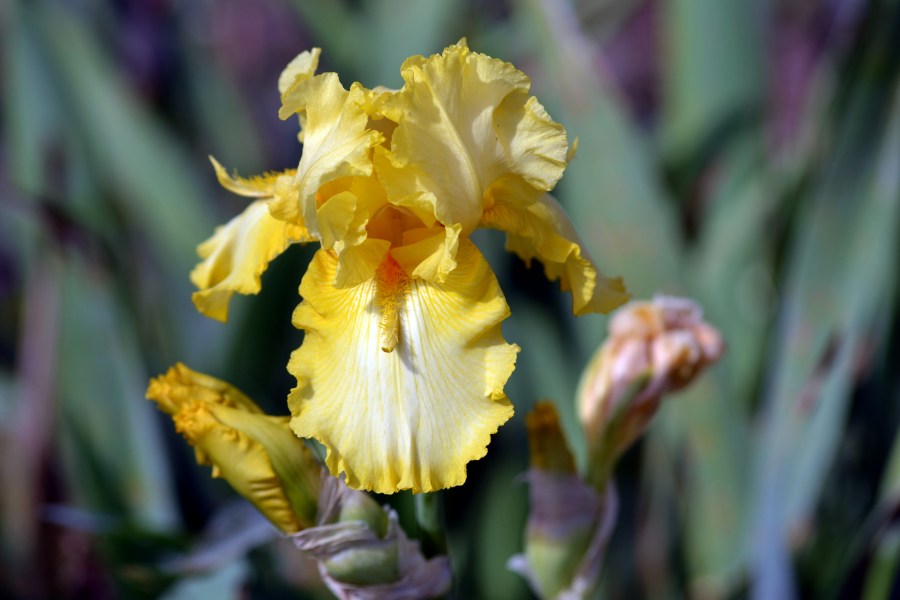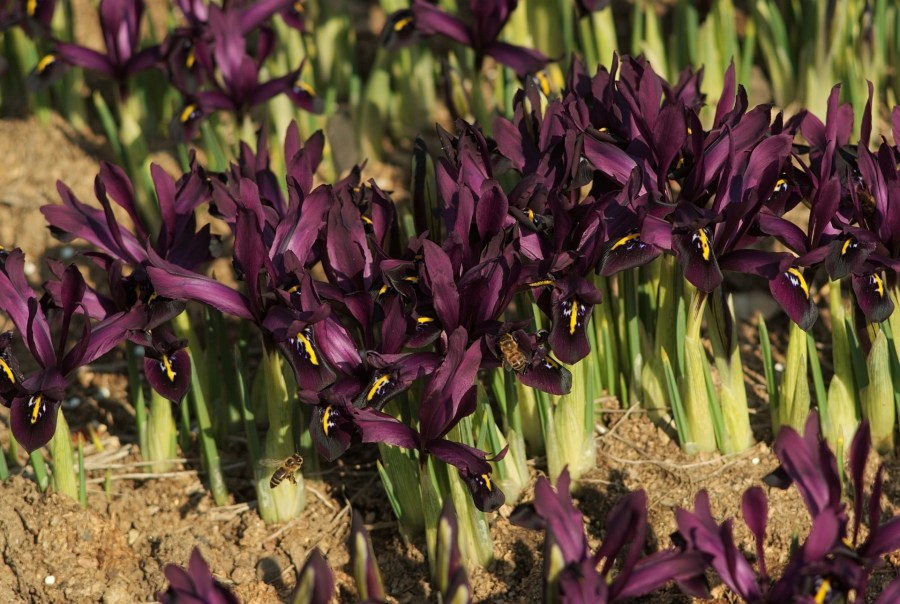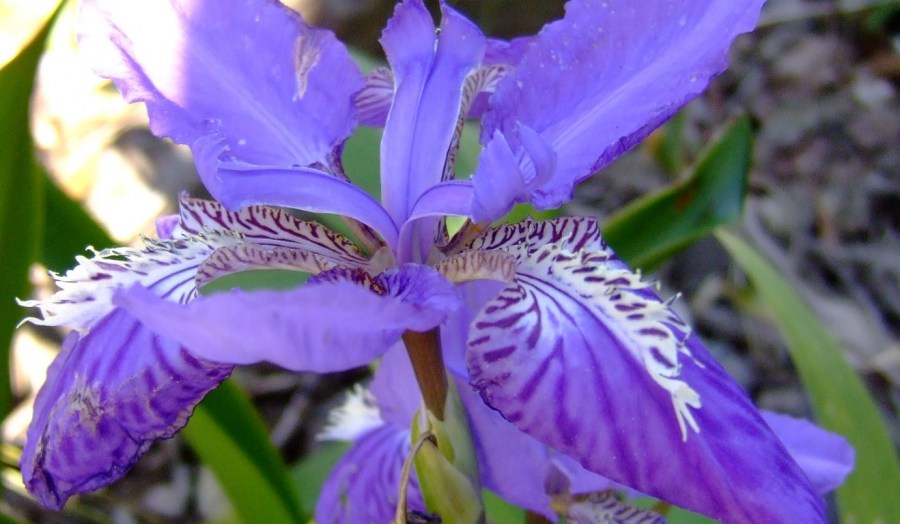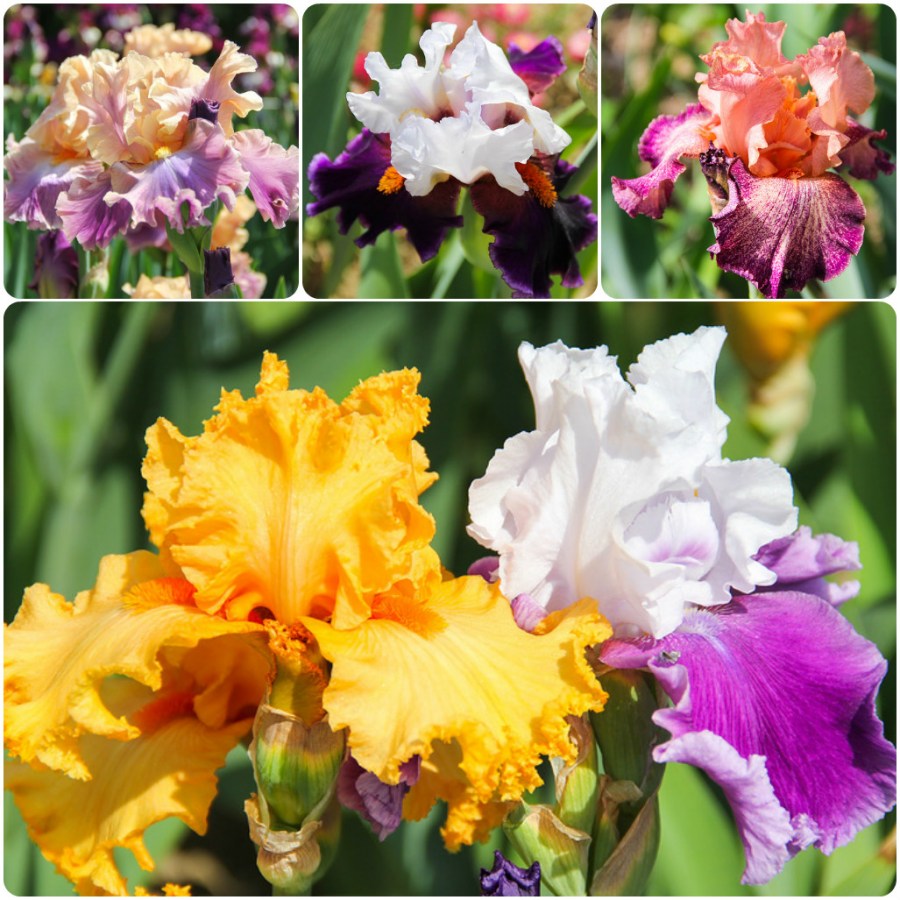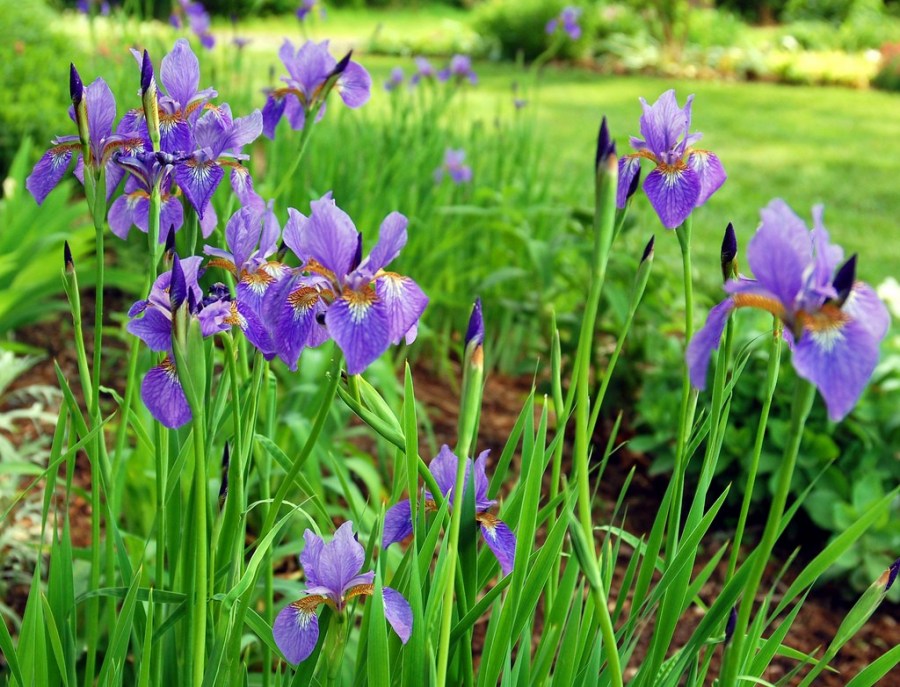Iris flower: planting, growing and care. 100 photos of beautiful flowers on the site
Irises are very delicate and eye-catching plants. Without them, it is impossible to imagine green spaces in a summer cottage, in the private sector and in a city park. They will decorate any flowerbed, any front garden with green spaces. They are so popular that there are about 800 species with a rich variety of shapes and colors. You can find such names as kasatik, cockerel.
Kinds
In botany, depending on the shape of the flower, all species are divided into two large groups:
Bearded. This variety of irises received such an interesting and non-floral name due to hairs having a more saturated color on the lower bent petals.
Not bearded. In this species, the outer flower petals are smooth and have no hairs.
Both are rhizome plants. Among flower growers, the most beloved are bearded. They are more common and bloom in various beautiful shades.
Separately, it must be said that there are also bulbous irises. They are distinguished into 3 separate species: iridodictium, juno, xyphium. The root system of these flowers is the bulb, it is also the reproductive organ.
Flower biology
Iris belongs to the kasatikovy family. It is a perennial plant. Outwardly resembles an orchid and has a rich color. Stems can be either single or bunched, simple or branched. Leaves - gray - green, pointed in the form of a sword, thin as in gladioli, concentrated at the base of the stem. The flowers are solitary, large, with an interesting elegant shape and color from light tones to dark.
The flower is formed of six petals in two tiers: the outer three are curved outward down and called fouls, and the three inner ones grow up, they are also called standards. Photos of irises with various shapes and colors can be easily found on the Internet. The flowering period begins in May and ends in late July.
Features of cultivation and care
At first glance, it might seem that in order to get such beauty on your site, you need a very difficult care. In fact, growing and caring for them is a simple process. It is enough to know some features of these plants.
In view of the structural features of the rhizome irises, their root system grows horizontally. In this case, the roots very often come to the surface and thereby become bare. This can lead to the fact that during winter frosts, they can freeze. To prevent this from happening, it is advisable to sprinkle them with soil or peat for the winter, and clean them in the spring.
Initially, the roots of iris are located in the surface layer of the soil. For this reason, loosening the soil near the roots must be very careful not to harm the root system.
These flowers are constant fidgets and will move around the site. In one year, the rhizomes can move 5-7 cm away from the original place. To maintain the evenness of the rows, they must be planted so that the fan of leaves is located along the row.
It is advisable to fertilize 3 times per season: the first - after removing the shelter or mulch, the second - in June, when budding begins and the third feeding - in July 2-3 weeks after flowering.
Irises grow to the side and usually near the already faded shoots young roots and new links appear. The outer shoots give flowering, and the inner shoots and roots dry and die. As a result, dry dead rhizomes remain in the middle of the bush. In this case, they are removed and seated. It is advisable to do this in 3-4 years.
At the end of summer, all dried and old leaves are removed, and the remaining leaves are cut off by half. In this case, the flowers will look well-groomed and green, and the disease will not develop on the old dead parts of the plant.
Landing Features
What do beginners need to know in order to have these beauties?
A place. Both rhizome and bulbous varieties love heat and light, so they are planted in well-lit and heated areas. Rhizomes are less demanding on the site, so they can grow in partial shade and in the shade. True, in the shade irises will not please with flowers, we must remember this.
Soil treatment before planting. The soil should be dug up and fertilized with humus and mineral fertilizers. Digging the soil is necessary to the depth of the bayonet shovel. Fertilizers must be evenly distributed throughout the planting area. If the soil is clayey, heavy, then sand and peat need to be added.
Landing time of irises. It is best done in summer and autumn, when the flowering comes to an end, and new roots appear. It is important to do this when the flower bud has not yet appeared, and young roots have already formed. This will enable young plants to begin before winter. A quality flower transplant every 3-4 years will give a magnificent and bright flowering.
How to make a landing?
For rhizome varieties, a vegetative method of propagation is suitable. As planting material, new processes of the root system are used. To do this, the root system is divided into parts so that each one has leaves and rhizomes.
The leaves are cut in half and the roots in a third. Everything is inspected, rotted and dry parts are removed. Using a solution of potassium permanganate, it is disinfected and dried.
The soil before planting must be loosened and all weeds removed. In the hole where the young plant will be planted, a small slide is made on which the roots are placed and spread around. Be sure to water the young plant. Bulbous irises for 2-3 years near the parent bulb give a lot of new ones. The first processes appear a year after planting.
Large onions are dug up, dried and left until autumn. Bulbs of irises are also planted in previously loosened soil, cleared of weeds. Bulbs are lowered into the prepared pits, very carefully so as not to damage the roots and sprinkled with earth. Then water abundantly.
Possible diseases and pests
To make flowers glad with their colors, they must be protected from pests and diseases.
The most dangerous disease for them is bacteriosis (soft rot of rhizomes). At the same time, the affected flowers begin to grow poorly, their leaves turn brown and begin to dry out. Rot gradually affects the inside of the rhizome. In this case, the plant dies. You can fight this disease only by removing the affected parts of the plant and destroying them.
If brown spots appear on the leaves or there is no wax coating, then this indicates that the plant is sick with heterosporosis. In this case, it is important to remove dried, damaged leaves. You can use the treatment with fungicides with copper and zinc.
The bear does not pass by the roots. She nibbles the roots and stems. To combat it, it is necessary to dig a soil deeply and set traps.
Thrips (insects small to 1 mm) damage both stems and rhizomes. For prevention, it is necessary to dig up the soil, remove weeds. In case of severe damage, treat the plants with organophosphorus solutions.
Slime big lovers of irises. Damage the leaves in the center of the plant, and sometimes flowers. To combat them, you can use superphosphate, scattering it around the plant or metaldehyde.
Paying a little attention to this plant, caring and taking care of it, you can get beautiful and elegant flowers on the site. They can be used either to create beautiful bouquets of irises, or not cut, but left in the front garden to decorate your site and create a beautiful and fragrant atmosphere near the house.
Photo of iris flower
DIY rabbitry - 110 photos and description of the stages of construction
Pumping station for the home: 65 photo projects and options for their implementation
A nest of branches: a master class in manufacturing different weaving (60 photos)
Ornamental plants: 115 photos of garden and plot design ideas
Join the discussion:
